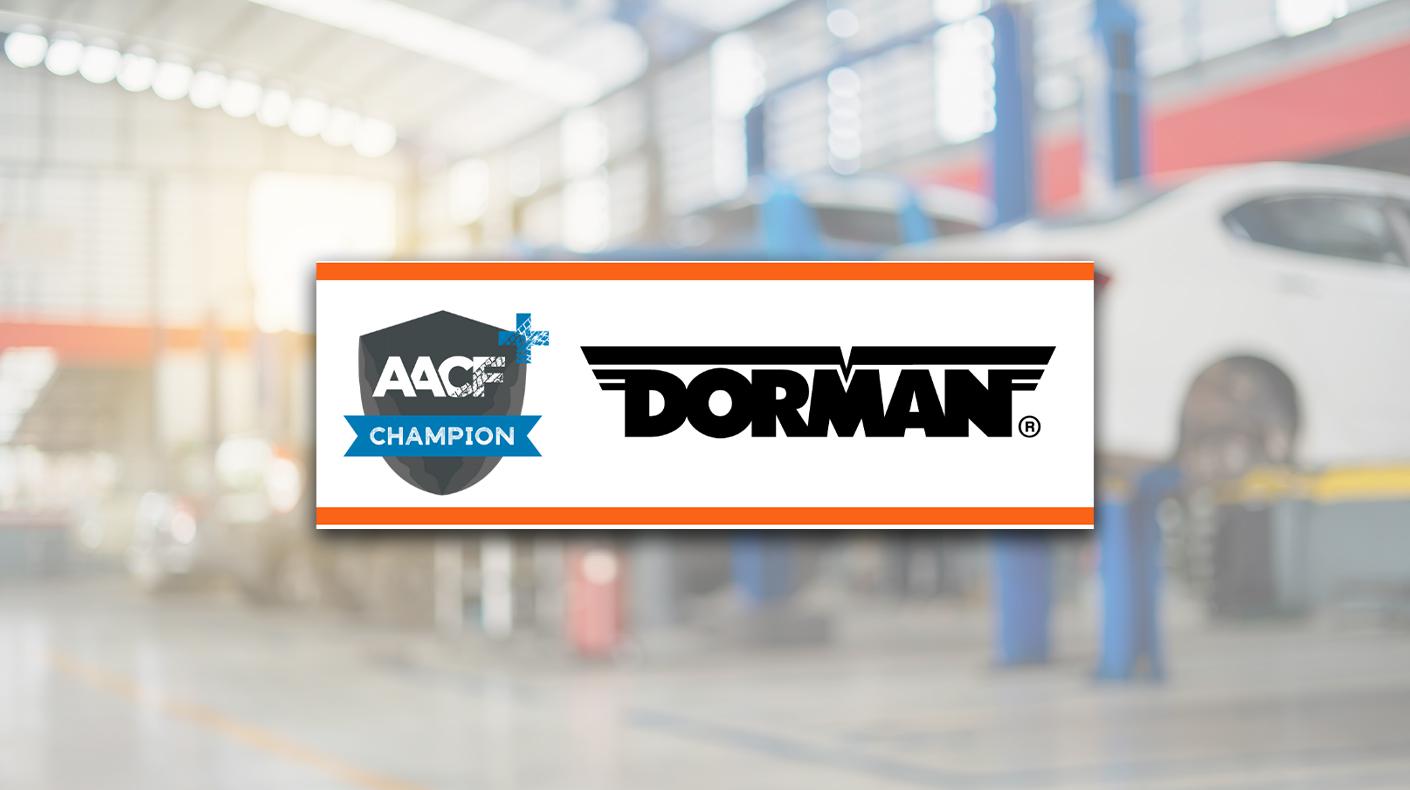As auto dealerships face plummeting sales in a market plagued by shifting consumer trends, rising gas prices and a receding economy, they have been forced to make budget cuts. In particular, they have made advertising cuts. Some dealers have taken a different approach however, and have instead increased their advertising efforts. These dealers have found this to be an efficient tool for bringing more consumers into the showroom.
According to Automotive News, U.S. dealership advertising has fallen more than 4% in the last year, to $2.35 billion. This amount equates to an average of $626 per vehicle sold in the United States. With slowing auto sales, dealerships are hesitant to spend a lot of money on advertising. They have been forced to make advertising cuts and rethink their strategies.
Dealerships have shifted away from their traditional advertising mix. While Internet advertising was generally unheard of a decade ago, today’s dealers spend nearly a sixth of their advertising budget on Internet advertising and have begun to spend less on newspaper advertising. The proportion of television and radio advertisements has remained generally unchanged.
Studies have shown that increased advertising during a recession has a positive effect on sales and market share. In a 2002 study conducted by Thomas Kamber of Columbia University, firms that advertised during a recession had nearly 7% greater sales than firms that did not advertise during recessions. The gap widened to nearly 25% over a four-year period. The United States is not officially in a recession, but the economy has definitely affected both the consumers who purchase vehicles and the dealers that sell them.
The dealers who have tried the approach of increased advertising have reported that these efforts have proved worthwhile. For example, Kia dealerships which have advertised on shows such as “Hardball,” “The Daily Show,” and “The O’Reilly Factor,” have seen sales increase by nearly 15% this year between the months of April and May, according to Automotive News.
SEMA members might also benefit from increased advertising. Increased advertising during rough economic times seems counterintuitive, but it may work. If a majority of companies decrease their advertising efforts, the ones who decide to increase their efforts will likely stand out above the crowd. With a struggling economy, partnerships between automobile dealers and specialty-equipment manufacturers may be needed more than ever.
At this year’s SEMA Show, there will be a first-ever Dealer Day for National Automobile Dealers Association (NADA) members. The program includes a networking reception and a private tour of the Show. This will provide a perfect opportunity for dealers and the specialty-equipment industry to work together toward the common goal of selling more products in a slow economy. To register for the Dealer Day program at the 2008 SEMA Show, visit www.sema.org/DealerDayReg.
Sources:
-Thomas Kamber, “The Brand Manager’s Dilemma: Understanding How Advertising Expenditures affect Sales Growth During a Recession," Journal of Brand Management (2002), 10(2), 106-120.
-Mary Connelly, "Dealers cut, shift their ad spending," Automotive News, July 21, 2008.





